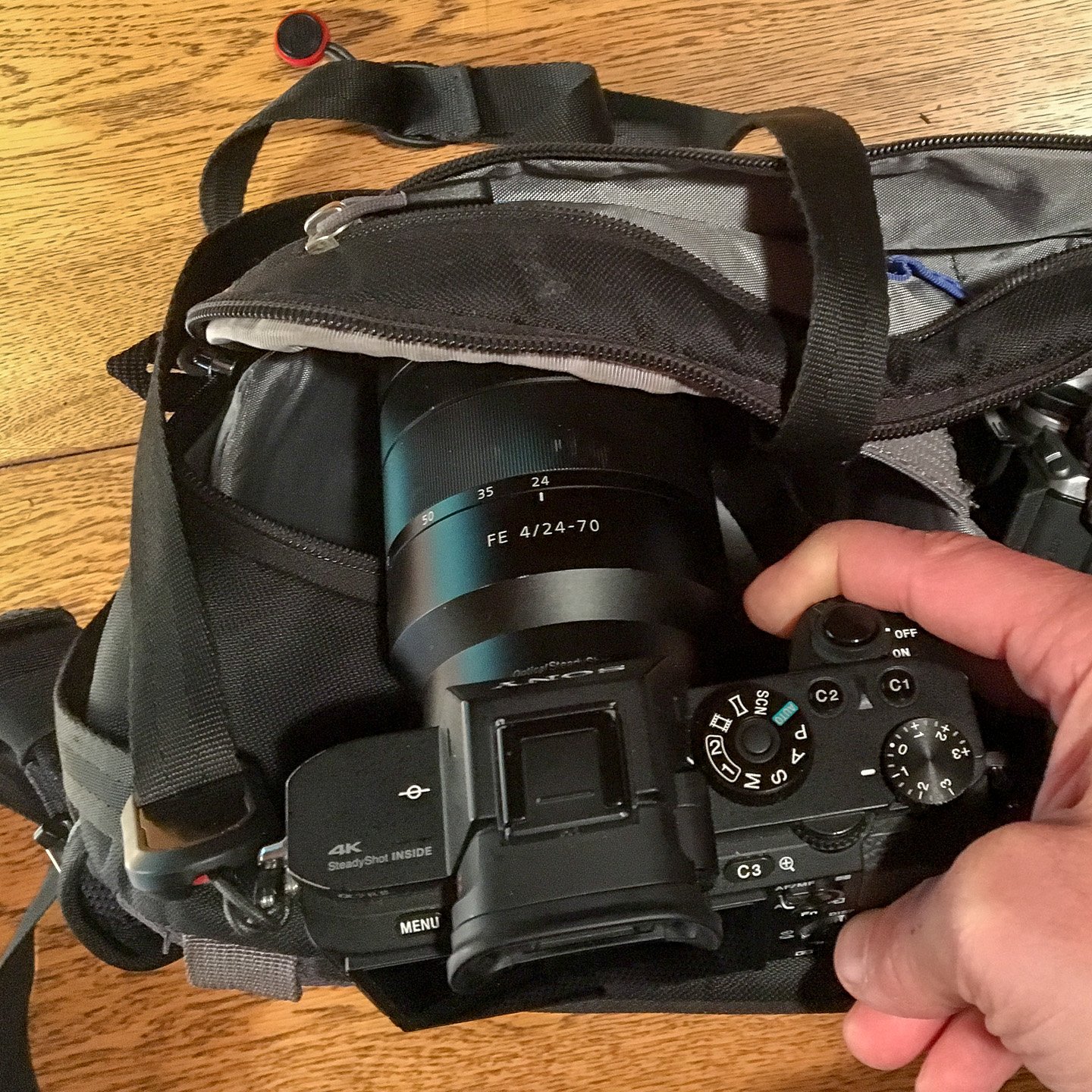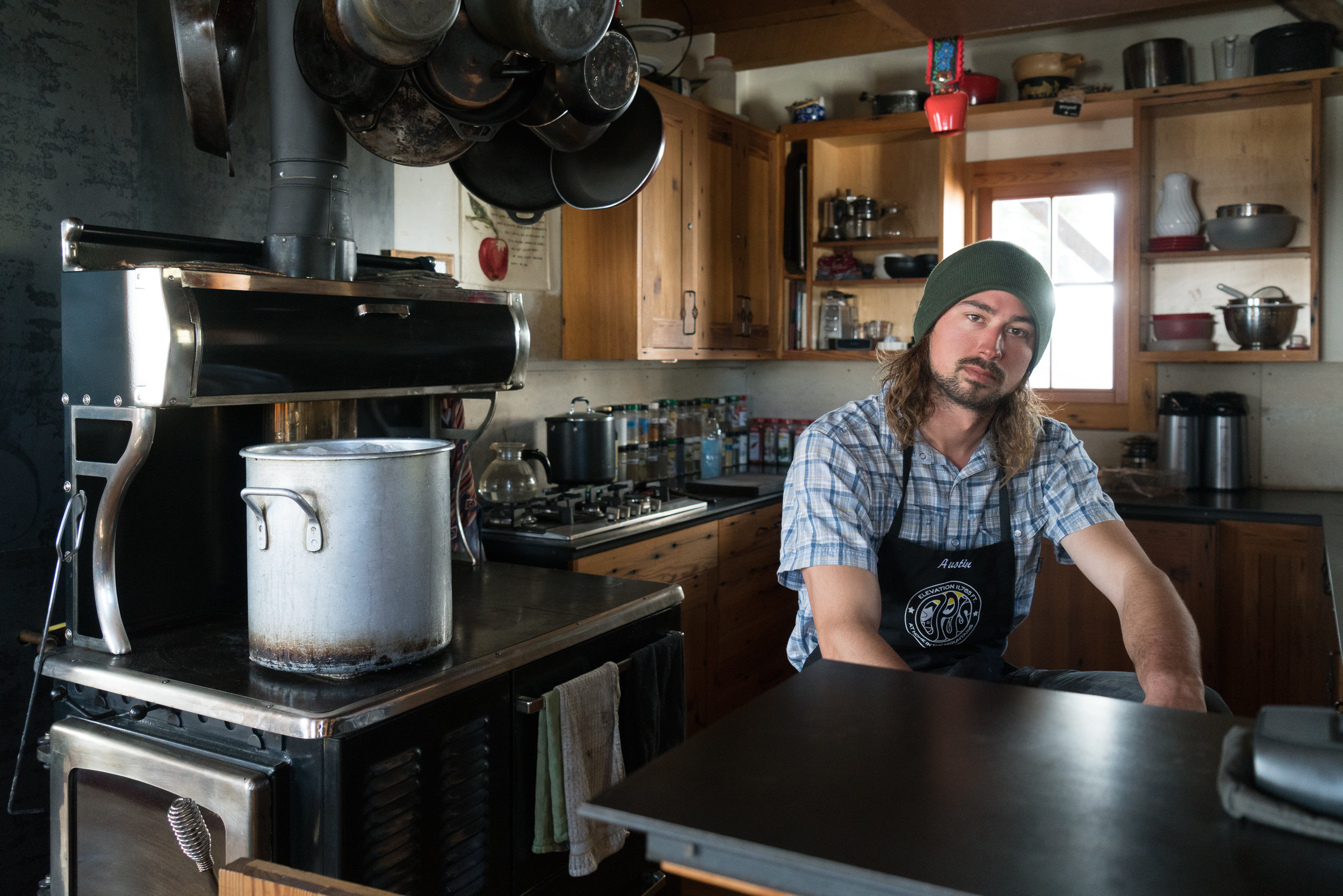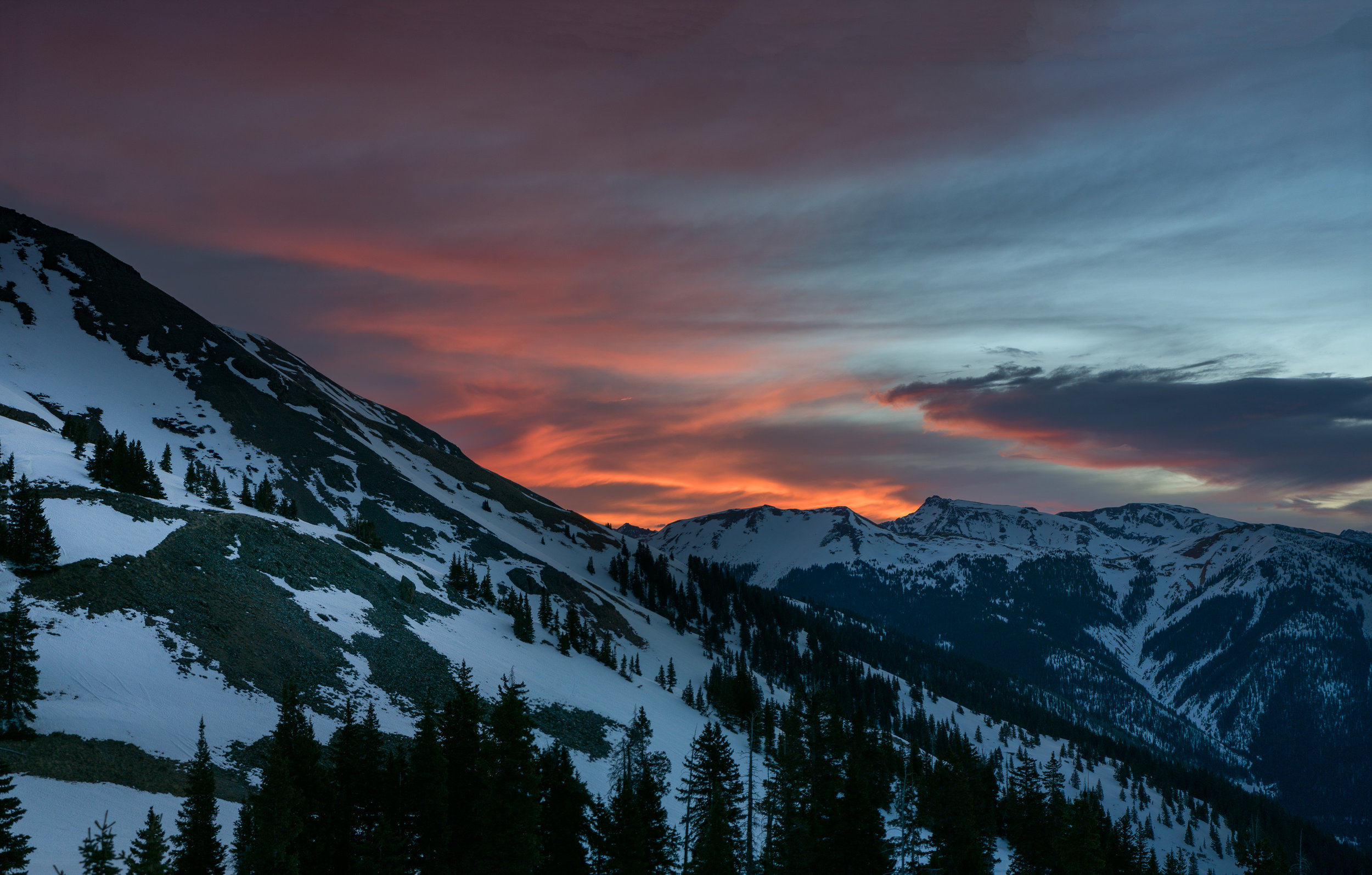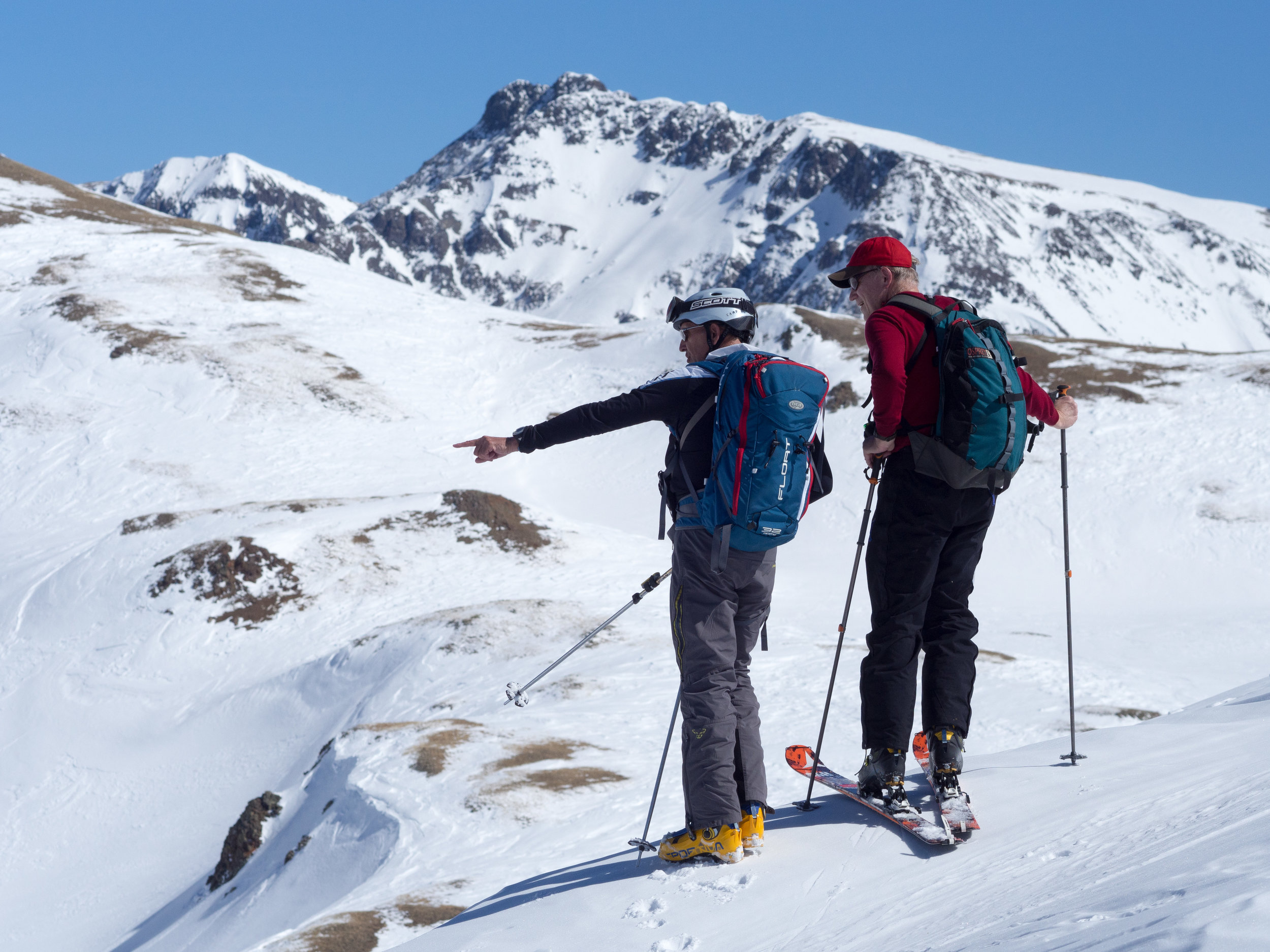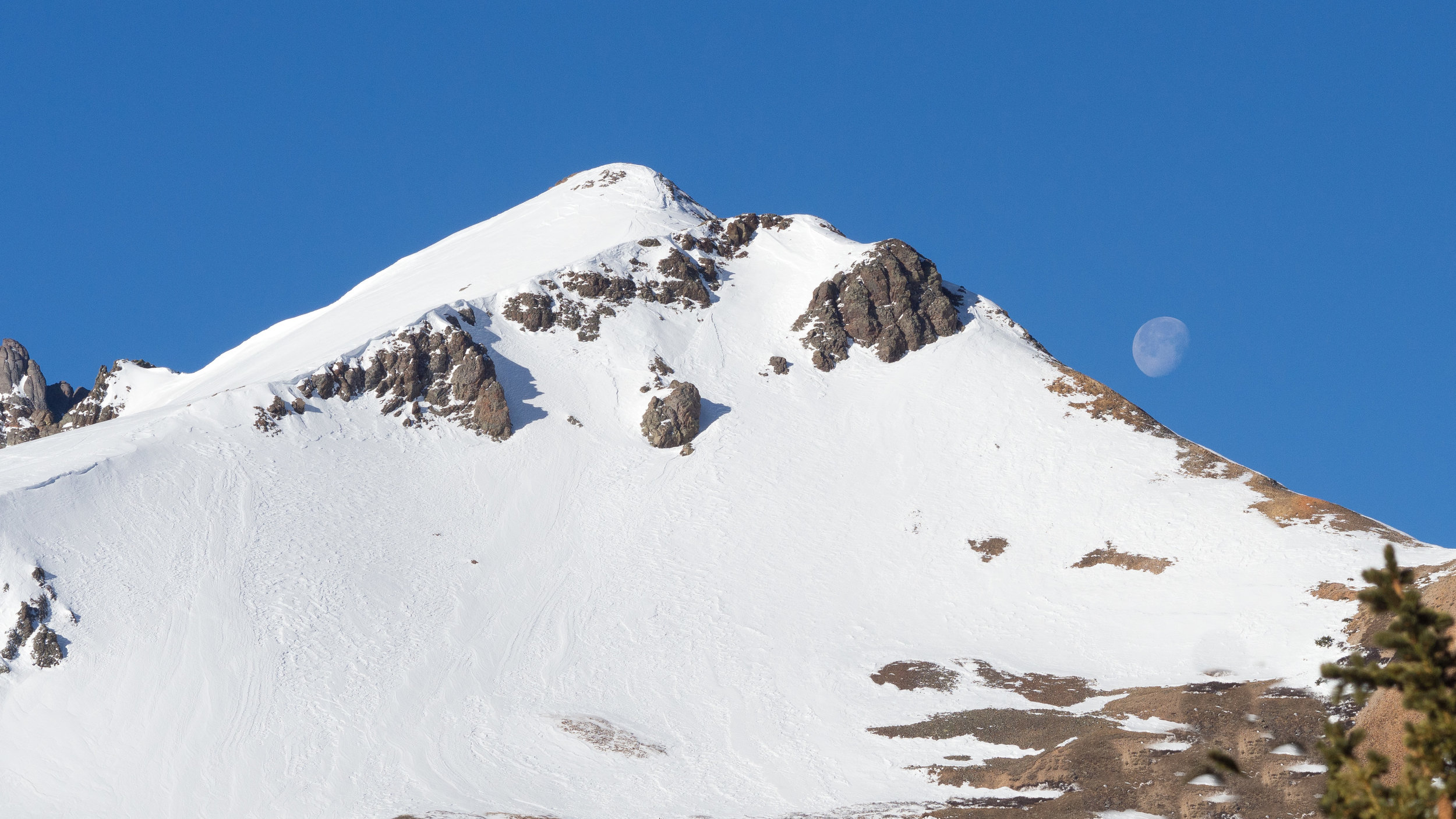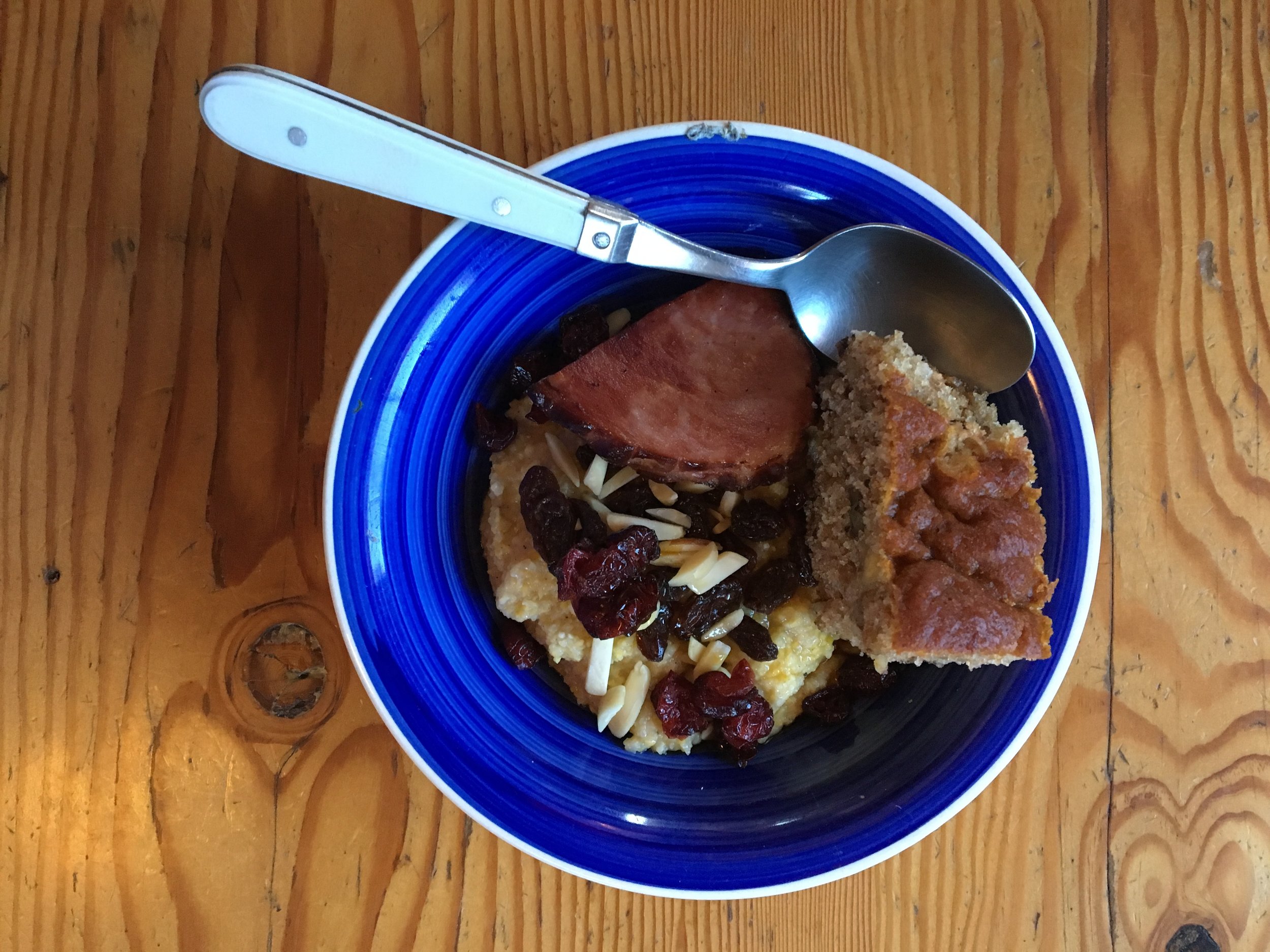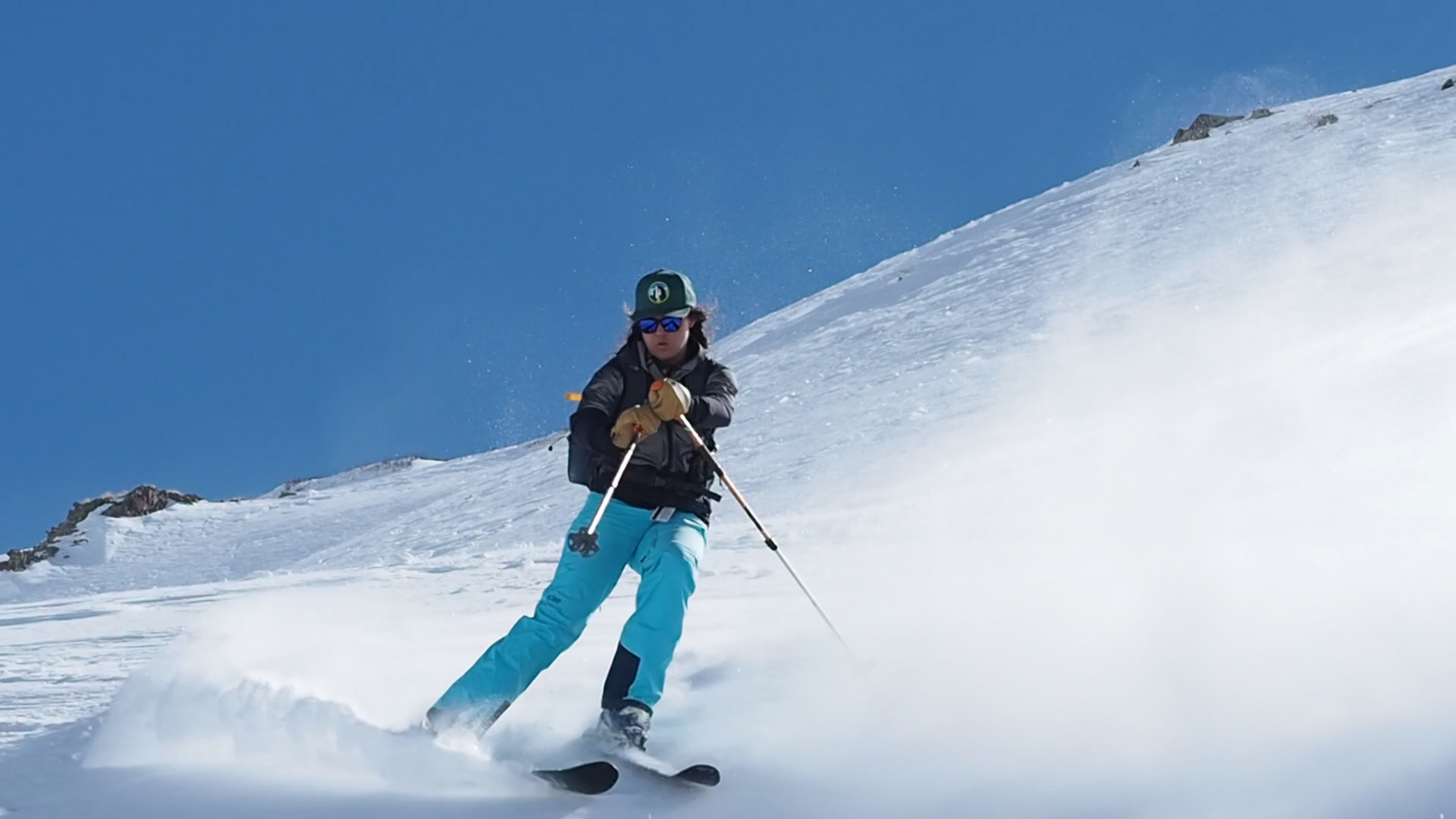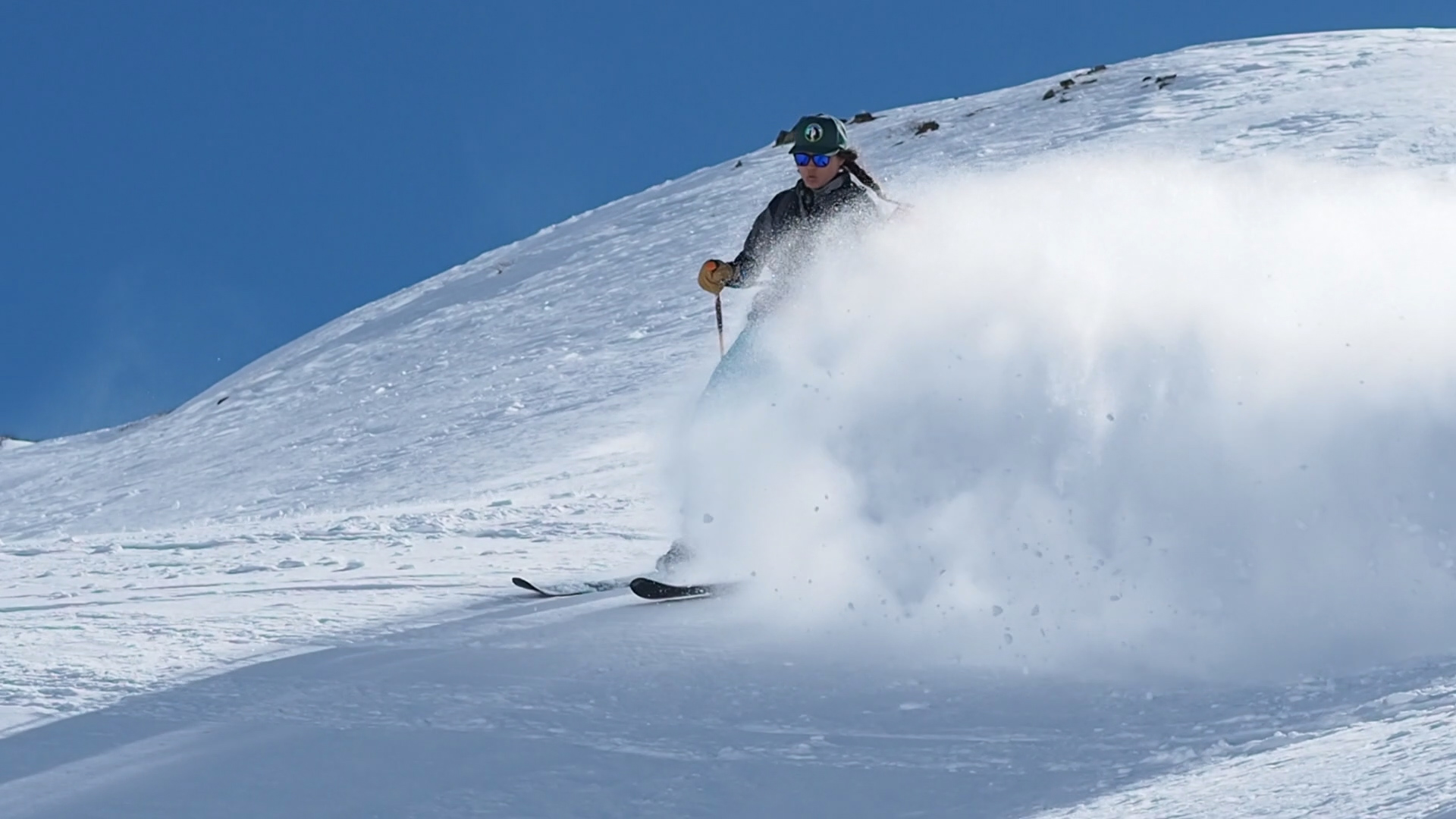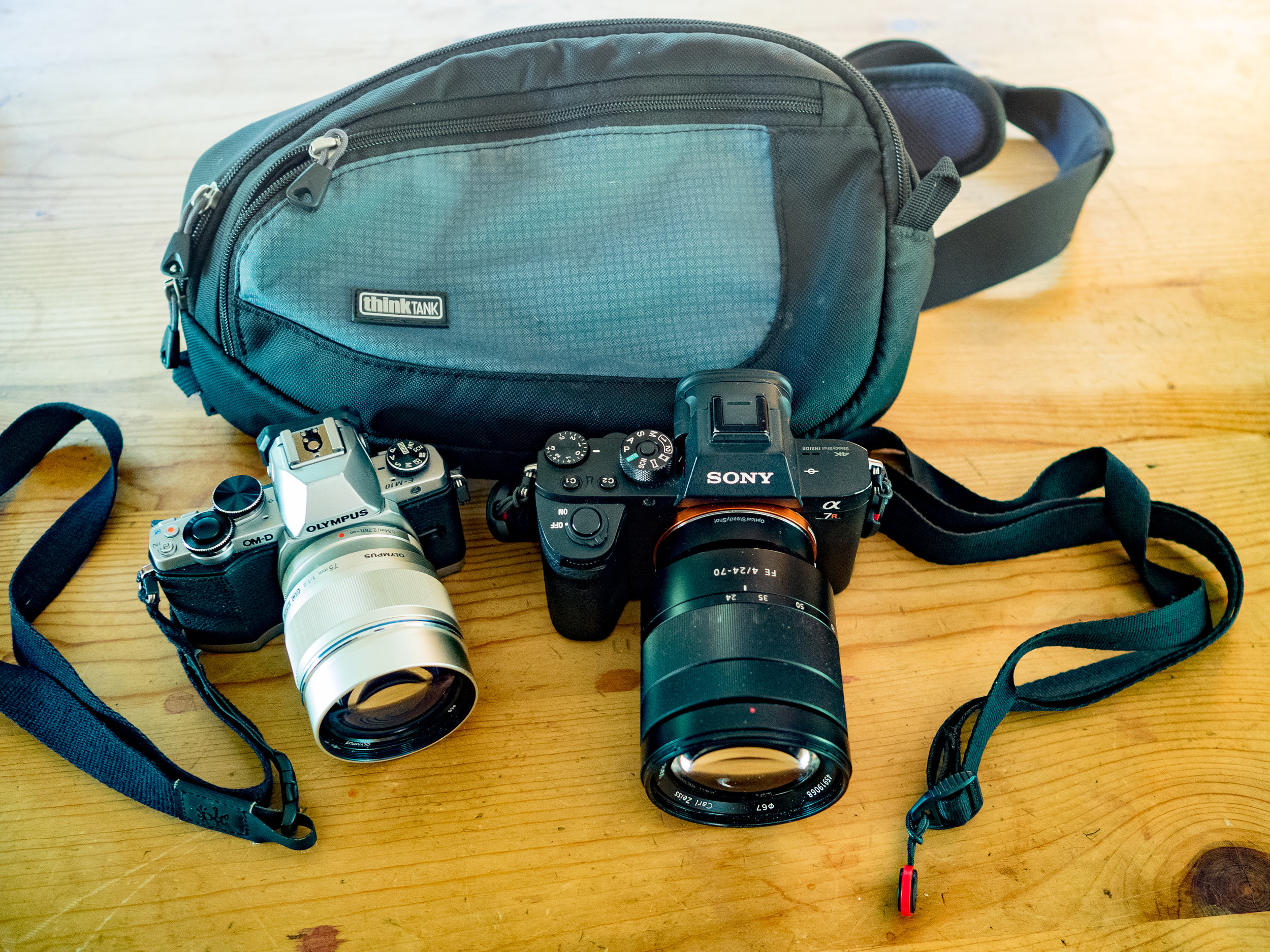High Alpine: Choose Your Gear Carefully
Conventional wisdom says "take one camera system on a trip" because it's much more convenient to use the same batteries and chargers, same menu systems, and share lenses. I disagree, and here's why.
Four different image sources
Recently I travelled to the San Juan mountains of southwest Colorado for a week of backcountry skiing. It was not quite the same as hopping on a chairlift and zooming to the top. Instead, we attached artificial 'skins' to the bottoms of our skis, unhooked the heel plates of our bindings, and "skinned" our way nearly four miles and 1,500 vertical feet up from the trailhead to a hut perched right at timberline - nearly 12,000 feet above sea level. The well-appointed Opus Hut provides meals and bedding, but we still had to carry avalanche gear, clothing, and in my case, photographic gear. There is a good argument for carrying one very small camera and perhaps an extra lens or, better, just one of those tiny all-in-one units with the pop-out zoom. This argument is particularly sensible when you are coming from sea level. It makes even more sense if you have done little aerobic exercise in the past few months. And let's not even talk about my age. When I saw one of the other skiers at Opus using a Panasonic Lumix LX-10 with a 20 megapixel sensor and a built-in 24-72 zoom lens - which fits snugly in the breast pocket of a shell jacket - well, I nearly changed my mind. But not quite.
Full-Frame
The entire mirrorless full-frame market is 'owned' by Sony and can offer visible advantages over other camera formats because each pixel on the sensor is relatively larger and so can gather in more light, and so can perform better in low light situations. Full frame also offers greater dynamic range, for the same reasons. So you can pull detail out of shadows and reduce extreme highlights, at the same time. I brought along a Sony A7Rii with the relatively portable 24-70mm f/4 lens. Normally I prefer to use two primes with this body: a small Zeiss Batis 85 and smaller Sony Zeiss 35. But up in the cold, I knew I wouldn't want to be changing lenses. So I went with the standard zoom, knowing that I also had a m43 body and lens (see next) to use for telephotos. Two bodies, each with a fixed lens, for the weight of one Nikon 750. Deal.
These three photos were taken under difficult low light conditions but I was able to pull out shadows, flatten highlights, and decrease the luminosity of some of the colors (mostly blues) in order to accentuate those colors. The third one, taken at sunrise, is actually a panorama made up of three photos. Lightroom has a one-click option to build panoramas in Photoshop with content-aware fill, which basically fills in the sky and foreground intelligently so that you don't have to do as much cropping because you shot five adjacent pano frames without a tripod. Great tool.
Micro Four-Thirds
This camera format is known for "great pictures in a small size." Because it has a smaller sensor, it has a 2x multiplier effect on any lens. This basically means you can achieve "greater reach for smaller lens size." Here, I carried an Olympus E-M10 with just one tiny lens: the Olympus 75mm f/1.8 which is possibly my single favorite lens. It is perfect for candids and landscapes, with a 150mm equivalent reach. It is much sharper than a zoom and smaller as well. The photo of Paradise Basin is actually a 18000 x 5350 panorama taken by stitching together five portrait-aspect photos. You can zoom in on the full res version of this photo (and all others) in my gallery.
Yup. iPhone.
When you don't have time or space for even a small camera, the iPhone always works - especially when there is plenty of light around. Don't be afraid to use it! You can even point it at yourself!
Video Stills Capture
It's much easier to capture action photos by simply taking a video then pulling frames back in Lightroom. Here, shot from my trusty iPhone.
Where does it all fit?
The diminutive Think Tank "Turnstyle 10" sling bag spends most of its time on my back when I'm traveling or in crowded markets; up on the mountain I have to carry a backpack so it slings across to the front of my chest, offering quick access to both cameras while climbing and while skiing. It fits these two cameras, plus an iPhone and chargers, and even an iPad Mini. Best bag I ever owned, at least for travel - be it up country, or back country.

